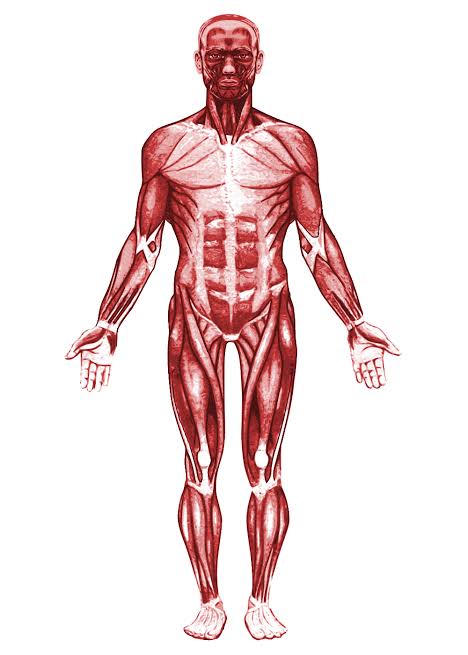|
|
Doctor Of Osteopathic MedicineYou are more than just the sum of your body parts. That’s why doctors of osteopathic medicine (DOs) practice a “whole person” approach to health care. Instead of just treating specific symptoms, osteopathic physicians concentrate on treating you as a whole. Osteopathic physicians understand how all the body’s systems are interconnected and how each one affects the others. They focus special attention on the musculoskeletal system, which reflects and influences the condition of all other body systems.  This system of bones and muscles makes up about two-thirds of the body’s mass, and a routine part of the osteopathic patient examination is a careful evaluation of these important structures. DOs know that the body’s structure plays a critical role in its ability to function. They can use their eyes and hands to identify structural problems and to support the body’s natural tendency toward health and self-healing. Osteopathic physicians also use their ears — to listen to you and your health concerns. Doctors of osteopathic medicine help patients develop attitudes and lifestyles that don’t just fight illness, but help prevent it. Millions of Americans prefer this concerned and compassionate care, and have made DOs their doctors for life. OSTEOPATHIC MEDICINE IN THE 21ST CENTURYDOs are complete physicians. That means they are fully trained and licensed to prescribe medication and to perform surgery. DOs and allopathic physicians (MDs) are the only two types of complete physicians in the United States. DOs practice in all branches of medicine from psychiatry to geriatrics to emergency medicine. However, DOs are trained to be generalists first and specialists second. The majority are family-oriented, primary care physicians. Many DOs practice in small towns where they often care for entire families and whole communities. Did you know?
|
© Copyright 2023 AMOPS. All rights reserved.
